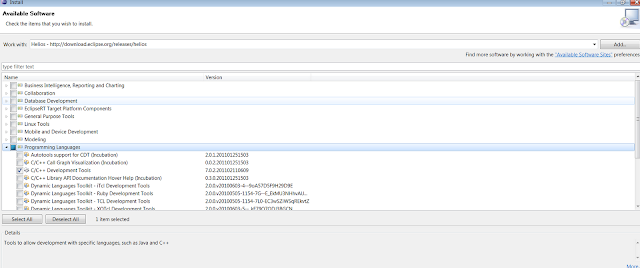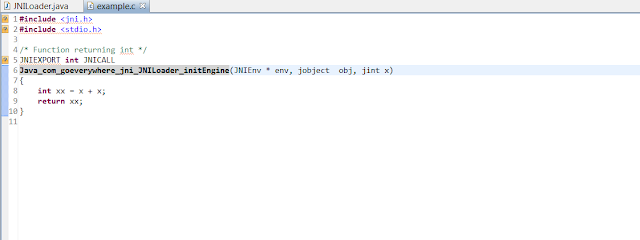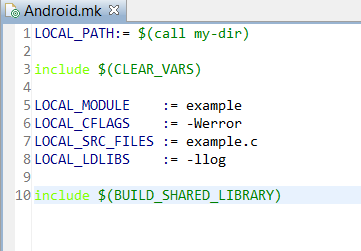
I implemented an attachment upload/download handler using Spring MVC. Uploading was just a piece of cake because all I had to was wiring the multipart resolver into the configuration and have a bean injected to it.
Spring documentation was all I needed.
However, downloading was more tricky. I have to get response's output stream, set mime type and write the byte arrays to it. I found out this great mime type list for 2007 office. Even after I set the mime types for the response, .docx was saying that the file was corrupt. Once I click "Yes" on the recovery, it comes back fine but I am not sure why it is getting corrupted as all the other attachments come back just perfect. If anyone has any insights on this issue, please let me know.
Office 2007 Mime Types.docm, application/vnd.ms-word.document.macroEnabled.12
.docx, application/vnd.openxmlformats-officedocument.wordprocessingml.document
.dotm, application/vnd.ms-word.template.macroEnabled.12
.dotx, application/vnd.openxmlformats-officedocument.wordprocessingml.template
.potm, application/vnd.ms-powerpoint.template.macroEnabled.12
.potx, application/vnd.openxmlformats-officedocument.presentationml.template
.ppam, application/vnd.ms-powerpoint.addin.macroEnabled.12
.ppsm, application/vnd.ms-powerpoint.slideshow.macroEnabled.12
.ppsx, application/vnd.openxmlformats-officedocument.presentationml.slideshow
.pptm, application/vnd.ms-powerpoint.presentation.macroEnabled.12
.pptx, application/vnd.openxmlformats-officedocument.presentationml.presentation
.xlam, application/vnd.ms-excel.addin.macroEnabled.12
.xlsb, application/vnd.ms-excel.sheet.binary.macroEnabled.12
.xlsm, application/vnd.ms-excel.sheet.macroEnabled.12
.xlsx, application/vnd.openxmlformats-officedocument.spreadsheetml.sheet
.xltm, application/vnd.ms-excel.template.macroEnabled.12
.xltx, application/vnd.openxmlformats-officedocument.spreadsheetml.template
















